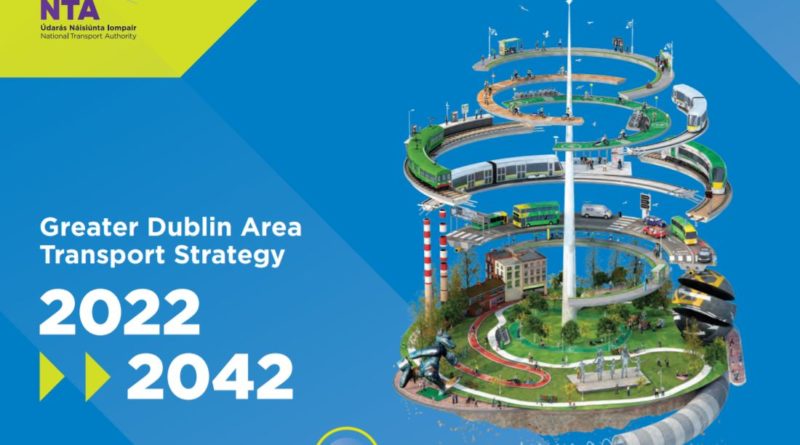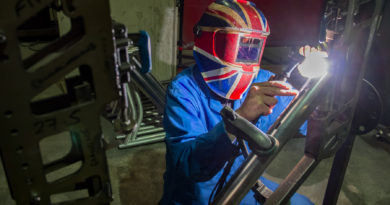Dublin overhauls Transport Strategy, but car remains king
Dublin has significantly increased the cost attached to its revised Transport Strategy, within which it sets a distant 2042 goal to boost cycling rates from 3.7% to 11.5%.
While welcoming the sentiment attached, campaigners with the Dublin Commuter Coalition fairly criticise the plan, which shoots only for a four percentage point increase in public transport and eight percentage point growth in cycling. “How can we be this unambitious?”, wrote the group.
In keeping with recent climate events where public transport and cycling should have been agenda setting, but were ultimately on the sidelines, Dublin’s strategy keeps the private car in the driving seat at half of journeys by 2042. Indeed plans that were in place to bolster active travel have been pushed back, this is despite the document placing a stronger focus on “traffic-free streets” in town centres.
The strategy announced promises just a 15% reduction in private car use by 2042, which may be difficult to achieve if the population continues to grow. The forecast for 2042 shoots for a 49% modal share, down from 58% in 2016. The Draft Transport Strategy badges this as a “significant reduction in car mode share”.
One plus point for cycling is a proposal to expand the bike sharing schemes, even enabling bikes to have greater access to public transport, opening up multi-modal travel.
The Irish Times points out that no metro lines will be developed to the south or west of Dublin and the Dart underground line will be suspended for at least 20 years. An expansion of rail is otherwise a key theme of the document.
The cost of the strategy has more than doubled over the 20 year period ahead, rising from 10.3 billion to €25 billion.
The Strategy and supporting documents are found at nationaltransport.ie/gda/. A public consultation on the transport strategy begins on December 17th.



